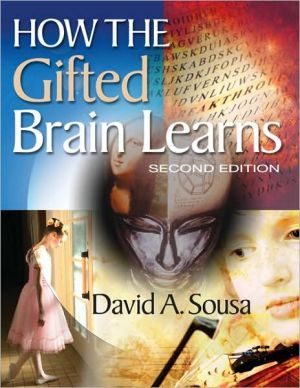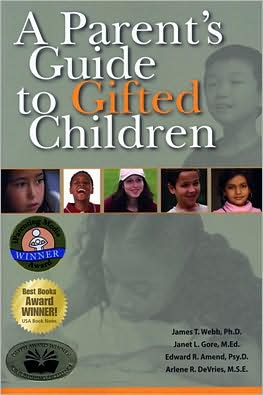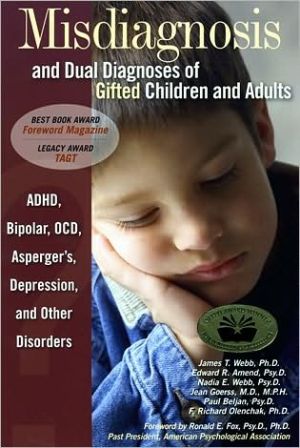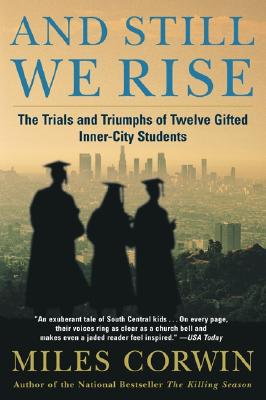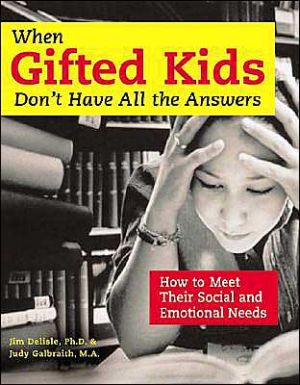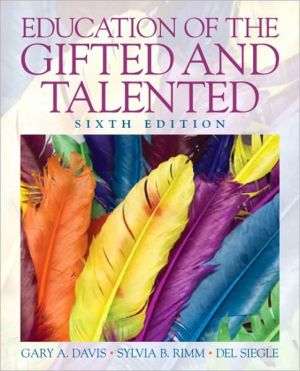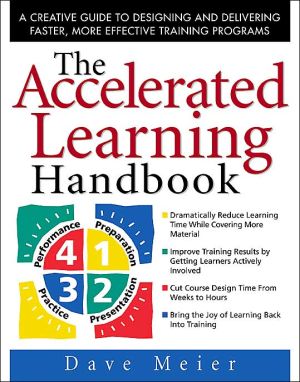How the Gifted Brain Learns
This reader-friendly guide gives elementary and secondary teachers the help they need not only to recognize and challenge their gifted learners, but also to support gifted students who underachieve. Acknowledging that students are often gifted in specific subject areas, the text includes chapters dedicated to talents in language. math, and the arts. Special "From a Teacher's Desk" sections offer classroom-tested examples of the instructional applications suggested by research.\\
Search in google:
Now from the author of the best-selling How the Brain Learns and How the Special Needs Brain Learns comes a new book dealing with gifted and talented students. How the Gifted Brain Learns helps you turn research on the brain function of intellectually and artistically advanced students into practical classroom activities and strategies.David Sousa shows how the brain processes information and offers both simple and complex strategies that will help identify and challenge gifted students in your classroom. Building on the latest discoveries in neuroscience, learning, and the nature of intelligence, this book examines why traditional talent-identification techniques are inadequate (and often inaccurate), and presents methods that will allow you to identify giftedness and talent potential with greater accuracy than ever before.This book will help answer such questions as: How are the brains of gifted students different?What kinds of strategies are particularly effective for students with particular gifts?What can be done to adequately challenge gifted students in our schools?What can we do to identify and help gifted students who are underachievers?How can we identify and help students who are both gifted and learning disabled? Schools have a responsibility to provide for the needs of gifted and talented students--to challenge them so that they may reach their fullest potentials. Offering real strategies for real classrooms, How the Gifted Brain Learns is an indispensable tool for all educators--school administrators, teachers, staff developers, preservice students, and evenparents who want to better understand their gifted children, and help them reach exceptional levels of performance. About the Author: David A. Sousa, Ed.D., an international educational consultant, has conducted workshops in hundreds of school districts on brain research and science education at the elementary, secondary, and university levels. He frequently presents at national conventions of educational organizations and serves as a consultant to regional and local school districts across the United States, Canada, and Europe.See David A. Sousa's How the Brain Learns, The 4-Book Collection
Introduction 1What Do We Mean by Gifted and Talented? 1Gifted and Talented Programs in Today's Schools 4About This Book 5Ch. 1 What Is a Gifted Brain? 9Understanding Intelligence 9Theories of Intelligence and Giftedness 13Characteristics of Giftedness 22Social and Emotional Characteristics of Giftedness 31Impact of Praise on Gifted Students 33Ch. 2 Challenging the Gifted Brain 45Differentiated Curriculum and Instruction 45A Supportive Learning Environment 47Curriculum Content Initiatives for Gifted Learners 48Instructional Processes for Gifted Learners 53The Products of Gifted Learners 60Gifted Visual-Spatial Learners 61Avoiding the Pitfall of Academics Versus the Arts 62Ch. 3 Underachieving Gifted Students 87What Is Underachievement? 87Some Causes of Underachievement 87Identifying Gifted Underachievers 91Underachievement Among Gifted Minority Students 94Reversing Patterns of Underachievement 100Ch. 4 The Twice-Exceptional Brain 111Identifying Twice-Exceptional Students 111Giftedness and Attention-Deficit Hyperactivity Disorder 115Giftedness and Autism 117Hyperlexia 122Ch. 5 Language Talent 141Sources of Language Ability 141Identifying Students Gifted in Language Arts 146Developing Language Ability 147Ch. 6 Mathematical Talent 165Number Sense Is an Innate Capability 165Mathematical Thinking and the Brain 165Identifying the Mathematically Gifted 169Teaching the Mathematically Gifted 172Ch. 7 Artistic Talent 189The Arts for All Students 189Musical Talent 190Reading and Memorizing Music 196Developing Musically Talented Students 199Dance Talent 204TheatricalTalent 207Visual Art Talent 209Ch. 8 Putting It All Together 225Identifying Gifted Students 225Developing the Learning Environment 228Strategies for the Gifted in the Inclusive Classroom 229Where Do We Go From Here? 232Conclusion 238Glossary 249References 253Resources 267Index 273
\ Dr. L. F. Lowenstein"(The author) has investigated the most recent work in neuroscience, learning and intelligence, and seeks to answer many questions frequently posed by both teachers and parents. . . . This book is a must read forthose teaching able children, and of course, parents with children who appear to show diftedness or a high level of talent."\ \ \ \ \ J. D. Neal"Each chapter offers the practitioner page after page of suggestions on how to apply the research discussed to educational practice. The applications sections are extremely intriguing and offer more than the traditional 'discovery learning' approach to teaching these remarkable children."\ \ \ Skipping Stones“Provides practical classroom activities and strategies for addressing the needs of gifted students.”\ \ \ \ \ Doctor"(The author) has investigated the most recent work in neuroscience, learning and intelligence, and seeks to answer many questions frequently posed by both teachers and parents. . . . This book is a must read forthose teaching able children, and of course, parents with children who appear to show diftedness or a high level of talent. "\ \ \ \ \ Roeper Review"Sousa's discussion of the strategies for teaching or working with gifted students incorporates the best practices in the field."\ \ \ \ \ Thea H. Williams-Black"Agreat book to use to assist preservice teachers, inservice teachers, and administrators with ways to meet the needs of all types of gifted learners."\ \ \ \ \ J.D. Neal"Each chapter offers the practitioner page after page of suggestions on how to apply the research discussed to educational practice. The applications sections are extremely intriguing and offer more than the traditional 'discovery learning' approach to teaching these remarkable children. "\ \ \ \ \ Kathy Tritz-Rhodes"I loved this book. It expands the reader’s definition of what it means to be gifted. Many schools focus only on academic giftedness,but this book has very practical ways to help students gifted in the arts utilize their talents. Sousa provides enough information to help someone who has never developed a gifted program before get started, and yet challenges the reader’s preconceived notions enough to help a school with a rich gifted program have discussions that will improve the existing program."\ \ \ \ \ Mary Beth Cary“Pulls many areas of gifted research, knowledge, and applications together in a clear and concise manner. This is a one-stop book for teachers who have high-ability/gifted students in a classroom and need to understand how these students’ brains work and how to plan effective instruction.”\ \ \ \ \ Debra K. Las"Brain research is changing the way teachers respond to student needs, and this book deals with the topic well. The biological descriptions of brain anatomy were simplified so that non-science educators could comprehend the research with the author’s ideas on implications. While the book is intended to focus on identifying and educating gifted and talented students, it also provides insights for instruction of all students."\ \
